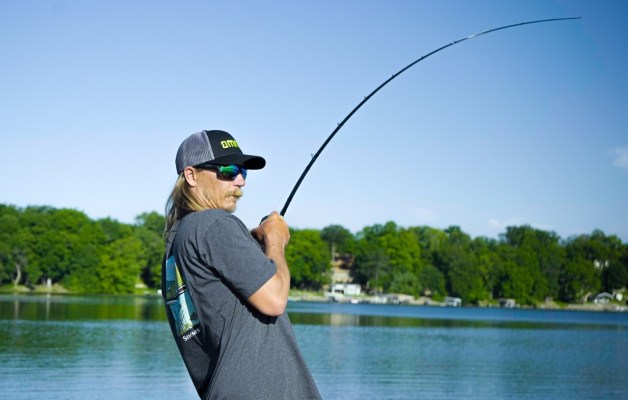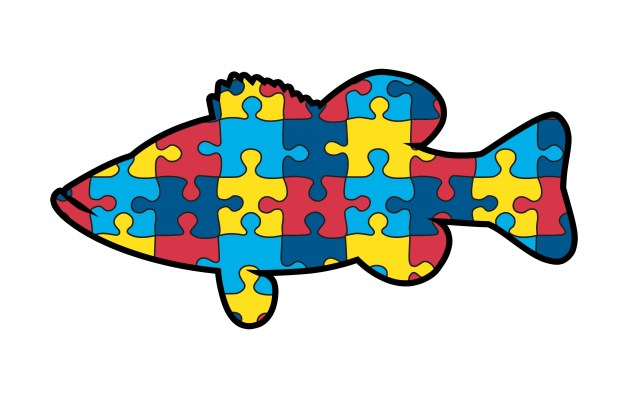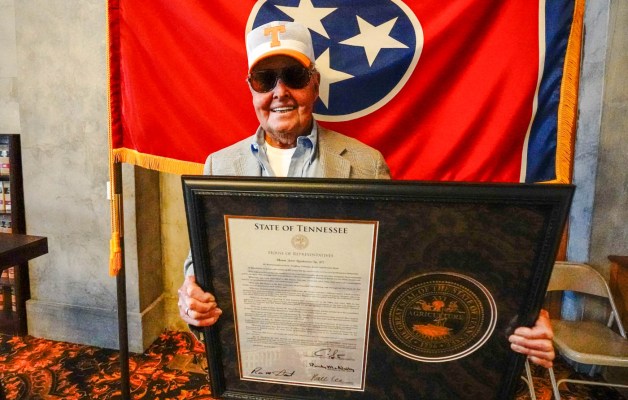It hit me as the Day 2 weigh-in for the 2013 Bassmaster Classic was winding down. We don't have a formula for estimating how far back is too far back to reasonably mount a comeback in a bass tournament.
Until now, it's all been very rough guesswork. "Do you think he can do it?" "Will the leader stumble?"
At best, people would say things like, "Well, a 25-pound bag is certainly possible here." Ultimately, though, that's all just a lot of mumbo jumbo without any substance behind it.
And don't tell me that no tournament is over until the final angler weighs in. That may be true in a technical sense, but on a practical level sometimes a tournament is over long before the last fish hit the scales.
Welcome to "Ken's Comeback Formula" (I invented it, so I get to name it — it's only fair.)
It goes like this: Take the typical tournament big bass from that venue for that time of year and subtract it from the leader's total. Every angler within that range has a chance — though perhaps a very small chance — to win. Every angler further back than that needs an absolute miracle.
Of course, miracles happen. That's why we remember them when they occur. Who can forget Rick Clunn's comeback in the 1990 Bassmaster Classic on the James River, when he was in 10th place and 9-10 behind the leader?
That was a miracle! Not only did Clunn catch the leader (Tommy Biffle), but he jumped over the other eight anglers between him and the top spot. We could fish another hundred Classics and never see anything like it again.
Ken's Comeback Formula comes with one big caveat. It only works with a five-bass limit. If your creel limit is larger, a bigger comeback is more feasible. Back in the days of seven and 10 bass limits, bigger comebacks were more common. Similarly, if your creel limit is smaller — just two or three or four bass per day — a bigger comeback is all but impossible.
The formula sounded good to me right off the bat, but I needed to test it against some real world numbers.
Here are the five biggest blown leads in Bassmaster Elite Series history (I have all the data for those events, so they're easy to work with) and the average daily big bass in those tournaments:
|
Lead |
Tournament |
Big Bass Avg. |
|
9-14 |
2008, Harris Chain, Fla. |
7-13 |
|
7-7 |
2008, Falcon Lake, Texas |
11-4 |
|
5-13 |
2012, Douglas Lake, Tenn. |
6-3 |
|
5-0 |
2007, Clarks Hill Res., Ga. |
7-8 |
|
4-15 |
2010, Lake Guntersville, Ala. |
7-10 |
As you can see, all but one of those blown leads were within range of the daily big bass. That made them vulnerable. The only lead on the list that wasn't within range was the top one — Brian Snowden's 9-14 lead going into the final round on the Harris Chain in 2008.
Mike McClelland caught and passed him that day. How did it happen? It was a miracle! Unbelievably, Snowden zeroed and left the door wide open for McClelland to come in and grab the win.
In every other tournament in Elite history where the leader had a margin bigger than the weight of a daily big bass, the leader went on to win … with plenty of room to spare, too.
Absent a miracle, if you trail by more than the weight of a daily big bass, you're fishing for second place. Forget the hype; that's the truth.
The thing I like about Ken's Comeback Formula (apart from the fact that it worked in 64 of 65 Elite events — 98.5 percent of the time!) is that it travels well. You can easily apply the same formula to Falcon Lake or Lake Okeechobee or the Ohio River; just plug in the weight of the average big bass for that venue at that time of year.
When Cliff Pace had a seven pound lead going into the final round of the Bassmaster Classic on Grand Lake, where the daily big bass weighs about seven pounds, that derby was all but over. A comeback under those conditions was extremely unlikely … and it didn't happen.





